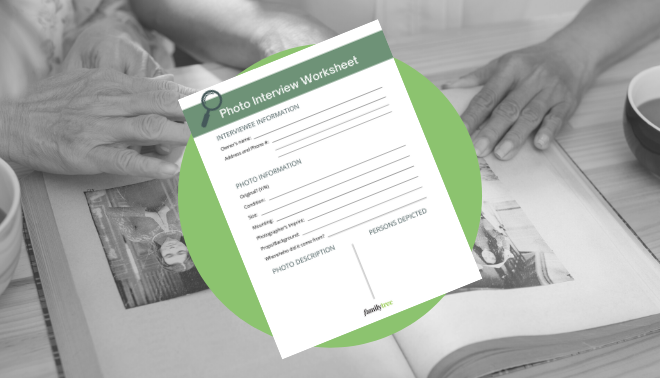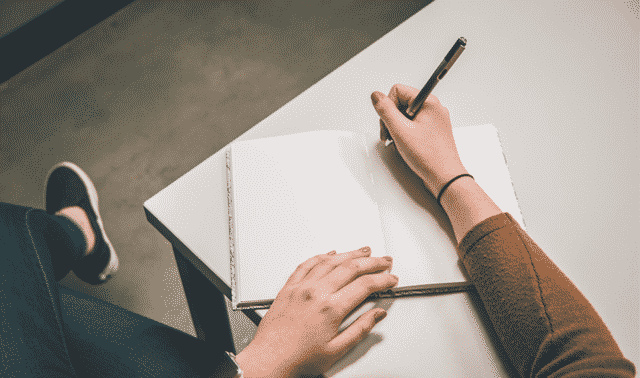Sign up for the Family Tree Newsletter! Plus, you’ll receive our 10 Essential Genealogy Research Forms PDF as a special thank you.
Get Your Free Genealogy Forms
"*" indicates required fields
Photos are great sources of family history information, but their genealogical value can be much more than meets the eye. Photos can include clues to your ancestors’ relationships, occupation, religion and much more. Learning to analyze the details in old photos is one way to tease out additional information, but another great way is conducting photo interviews.
Do you have any relatives who might be able to supply additional material or stories related to the photo? See if they would be willing to be interviewed and try to record their recollections in case you need to refer to them again later, by transcribing their memories or recording them. Make sure you keep track of full contact information for anyone you interview and follow best interviewing practices. With luck you’ll find that your photos are indeed worth a thousand words!
Photo Interview Questions
Here are some sample questions you can ask:
- What do you know about the image?
- Who was its previous owner?
- How did it come to be in your possession?
- Is it part of a larger collection?
- Are there any stories associated with it?
- Do you know why it was taken?
- Do you know when it was taken?
- Do you know any of the people in the picture?
- Did a family member supply the identification?
Information to Record
In order to draw conclusions based on your inquiries, document your research using a worksheet. This will also help you develop a research plan. You’ll want to include such basic information as:
- Owner’s name: Your name or the person who currently owns the image.
- Address and telephone number: Any contact information that may prove helpful.
- Condition: Is the photograph difficult to read because of mold damage or fading?
- Type of image: Make sure of the photographic process before you fill in this information.
- Size: Measure in inches, height x width
- Mounting: Is it on a backing such as thin cardboard?
- Original: Is it an original, copy image or digitized?
- Photographer’s imprint: Does the name of the photographer appear anywhere on the image, front or back? Do you know the name of the photographer because family legend has it that your family always frequented the same studio?
- Props/background: What other elements are visible in the photograph?
- Style of dress: Write a short description of the type of clothing shown in the picture. Be sure to include hairstyle, jewelry and hats—it’s often the accessories that add the final piece of documentation.









